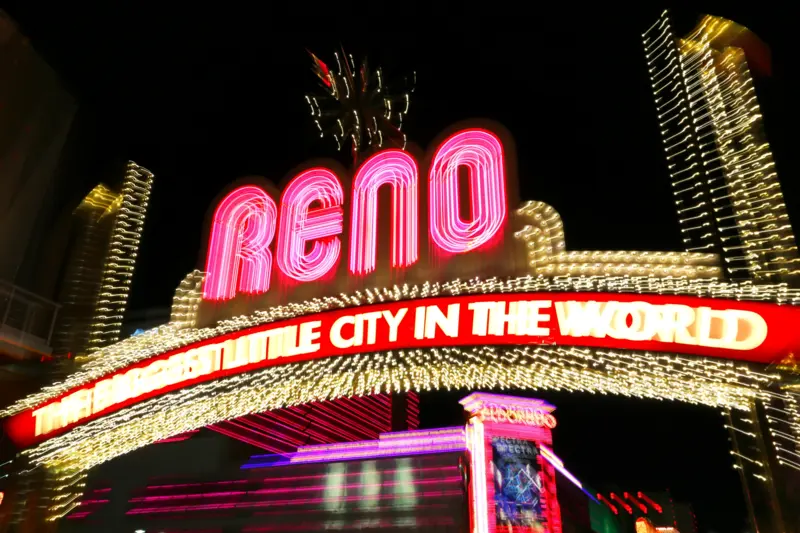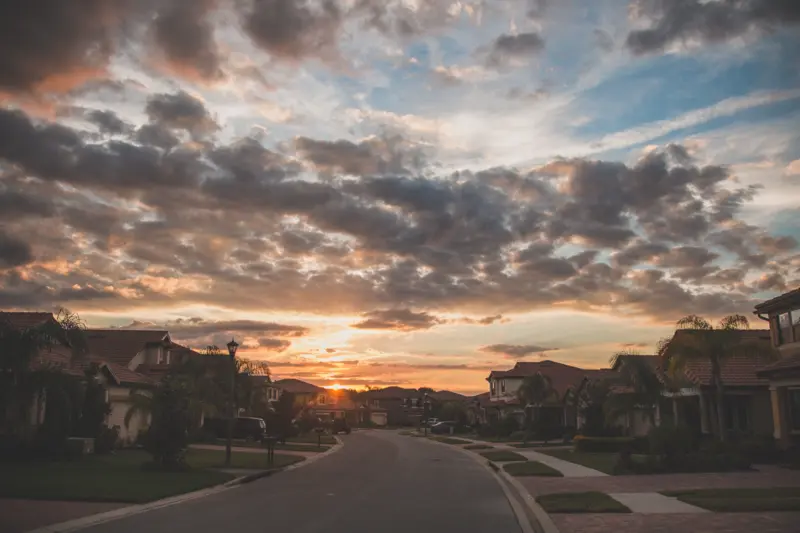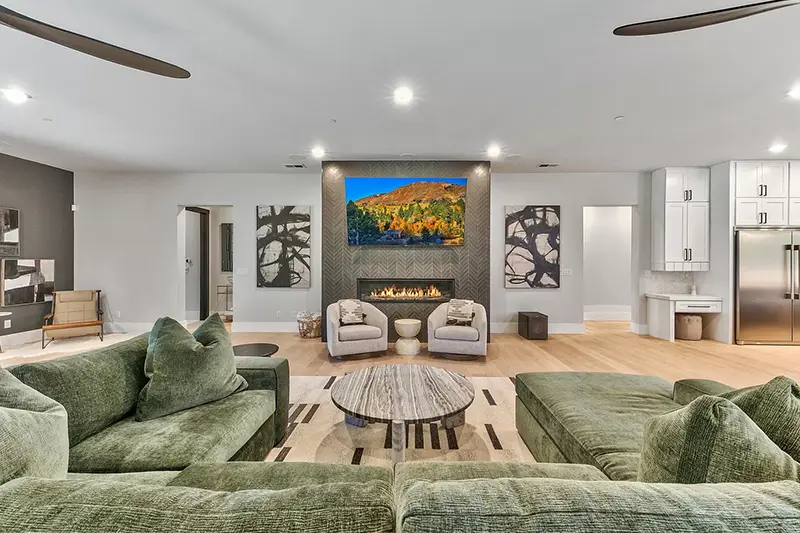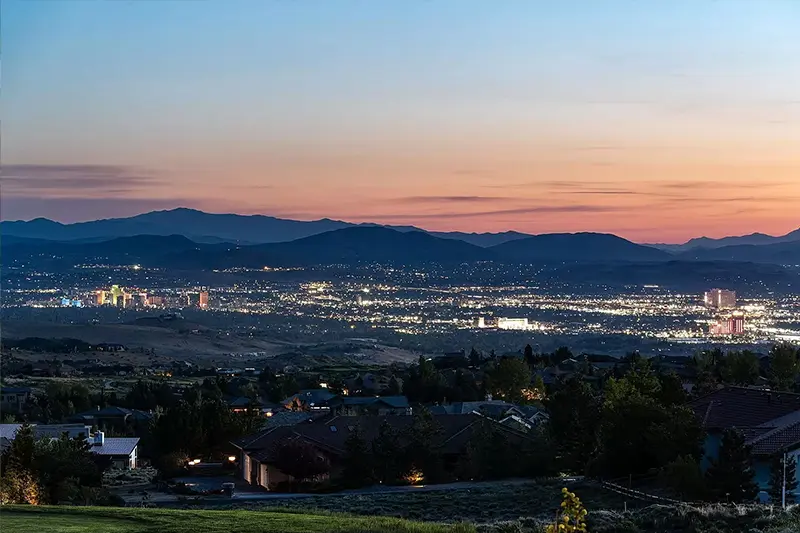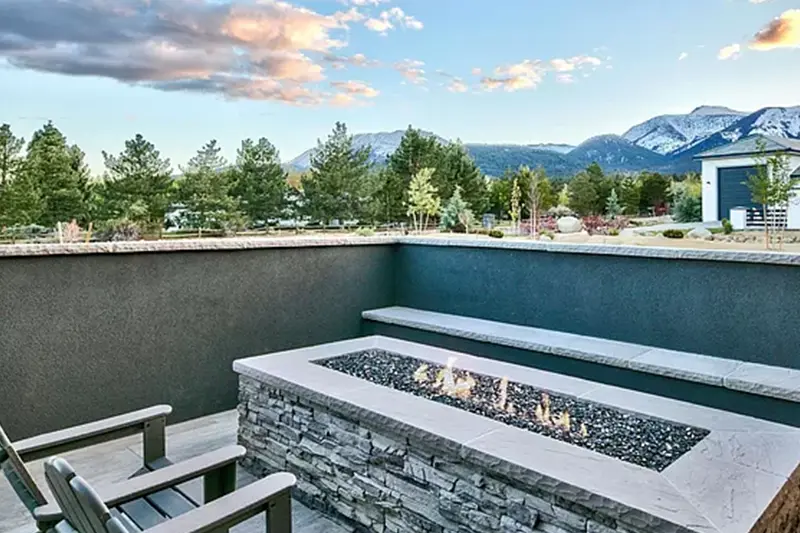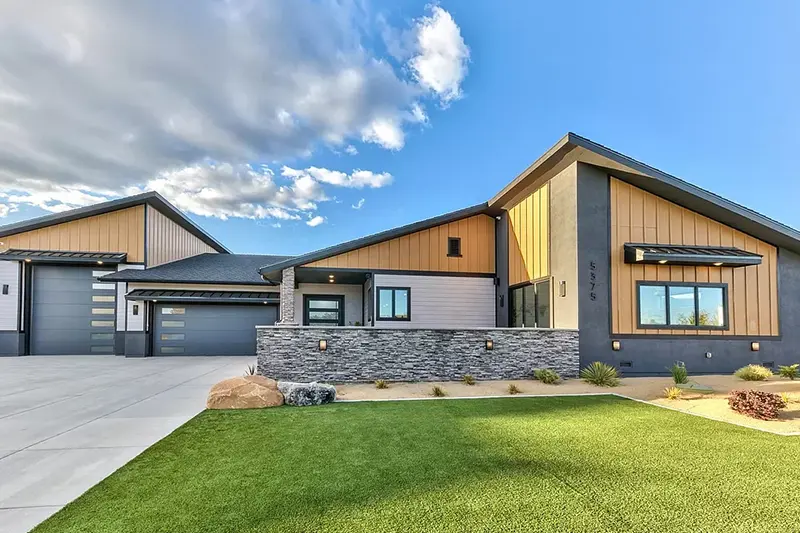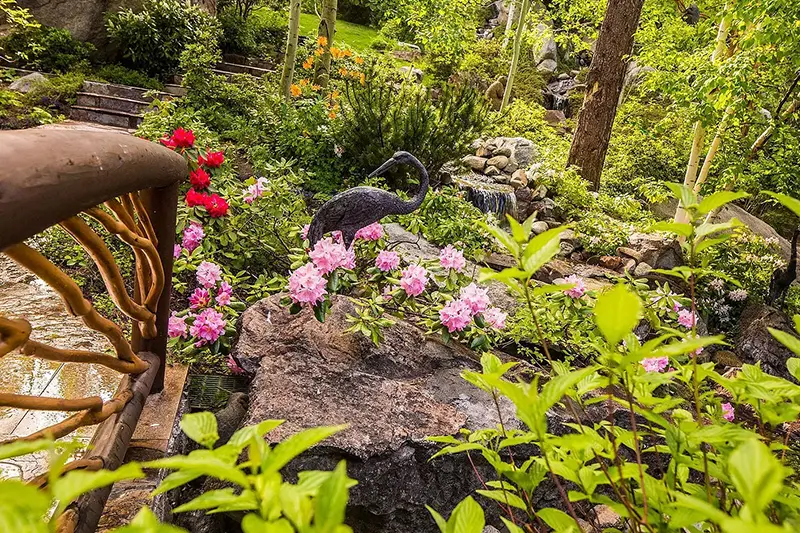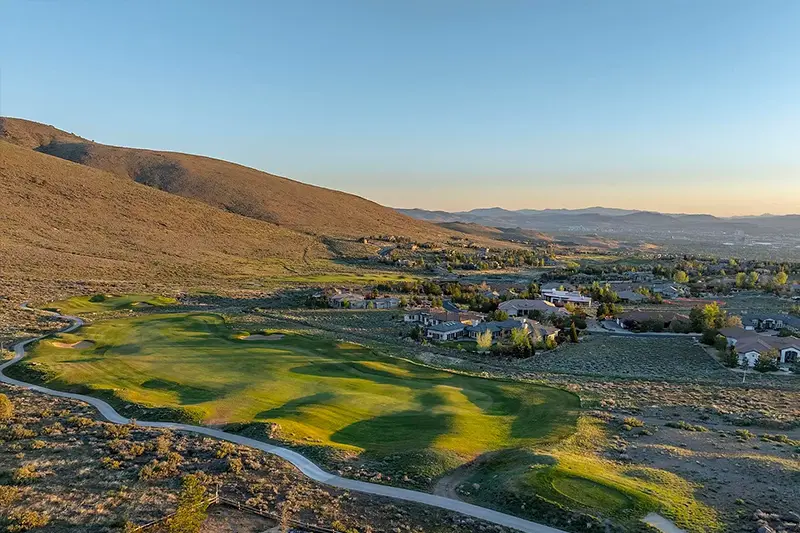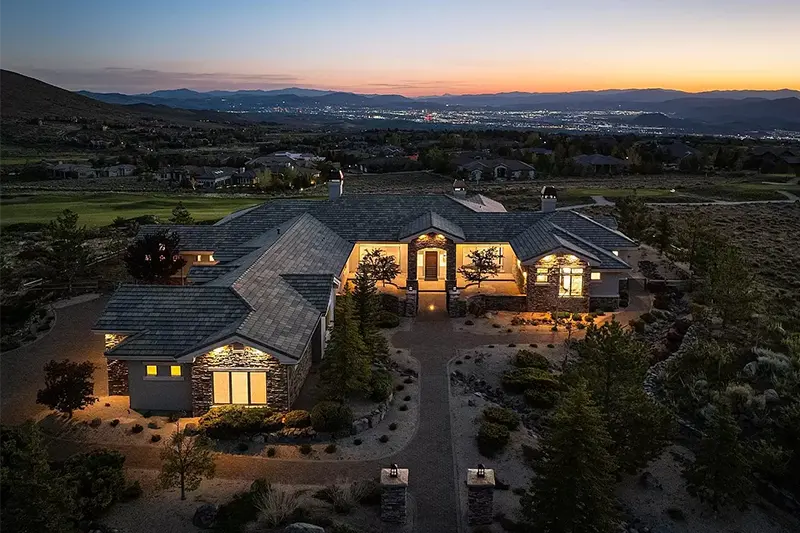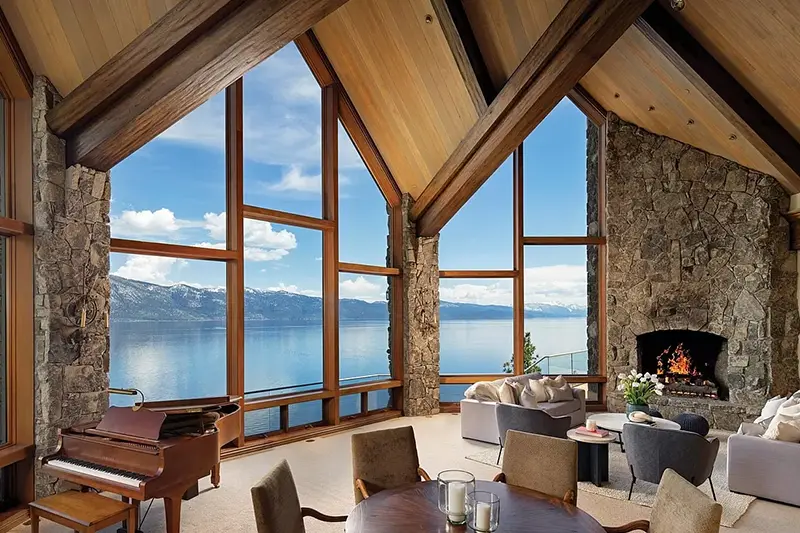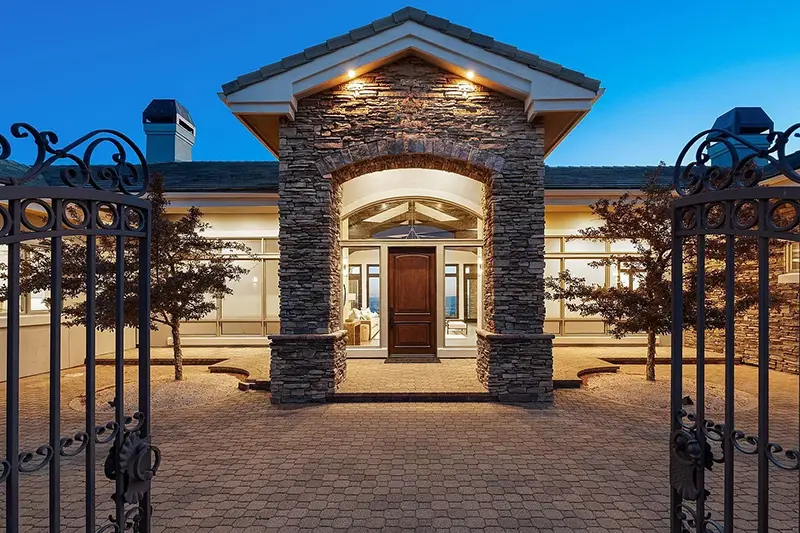Turning Clicks into Keys:
The Enchanting Art of Real Estate Photography
Real estate photography isn’t a static snapshot – it’s a captivating story waiting to be told. It’s a visual alchemy that transforms ordinary properties into dream homes, igniting the imaginations of potential buyers and inspiring them to turn virtual tours into real-life walkthroughs. A skilled real estate photographer is a visual architect, wielding light, composition, and strategic shooting to showcase a property’s best features and craft an inviting atmosphere.
Imagine a sunlit living room with a plush couch whispering promises of relaxation, a gourmet kitchen gleaming with stainless steel appliances hinting at culinary adventures or a master suite bathed in a calming glow, the perfect sanctuary after a long day. This is the magic of real estate photography – it sparks emotions and fosters a deep connection that transcends mere square footage, engaging potential buyers on a personal level.
There’s more than one way to frame a house in real estate photography. Interior photography focuses on capturing the essence of a home’s individual rooms. Wide-angle shots are a common technique, creating a sense of spaciousness and allowing viewers to envision how their furniture might fit. Natural light is often prioritized, as it bathes the rooms in a warm and inviting glow. Real estate photographers might use HDR (High Dynamic Range) photography to capture the details of the brightly lit areas and the shadows, ensuring a balanced and realistic representation of the space.
Exterior photography, conversely, showcases the property’s curb appeal and its place within the surrounding neighborhood. Here, photographers might leverage a drone to capture a bird’s-eye view of the entire property, highlighting landscaping features and unique architectural details. Twilight photography can be another powerful tool, weaving a magical and inviting atmosphere with the warm glow of strategically placed outdoor lighting.
Technical expertise underpins successful real estate photography. Lighting is crucial, and photographers use various techniques to achieve the desired effect. Natural light is preferred whenever possible, but flash photography and artificial lighting might be used to brighten up darker areas or highlight specific features. Tripods ensure sharp images, especially when shooting in low-light conditions. However, real estate photography also comes with its challenges. For instance, shooting in a cluttered or poorly lit space can be difficult, and it requires the photographer to be creative and resourceful in finding solutions. These challenges, when overcome, can lead to truly stunning images.
Post-processing adds the final layer of polish. Skilled editors utilize software tools to enhance the image, adjusting color balance, contrast, and sharpness. Minor imperfections might be removed, or virtual staging might be employed. Virtual staging is a technique where digital furniture and decor are added to an image of an empty room, giving potential buyers a better sense of how they could decorate the space. Notwithstanding these enhancements, the foundation for a successful real estate photography image is a well-maintained property and a skilled photographer who can capture its true potential.
Client communication is not just important, it’s critical in real estate photography. Real estate photographers work closely with realtors and homeowners to understand their vision and goals for the images. Understanding the target market is also crucial. A young family might be looking for a home with a spacious backyard perfect for barbecues, while retirees might prioritize a quiet neighborhood with easy access to walking trails. Accordingly, the photographer can tailor the shots to highlight the features most appealing to the target demographic, making real estate professionals feel valued and integral to the process.
In conclusion, real estate photography is a powerful marketing tool transcending mere documentation. It’s a visual language that speaks to our desire for comfort, belonging, and a place to call our own. By mastering lighting, composition, and post-processing techniques and working closely with clients, real estate photographers transform houses into compelling narratives, igniting the spark of homeownership in potential buyers. As the online real estate market continues to flourish, the demand for skilled real estate photographers will undoubtedly continue to rise.
